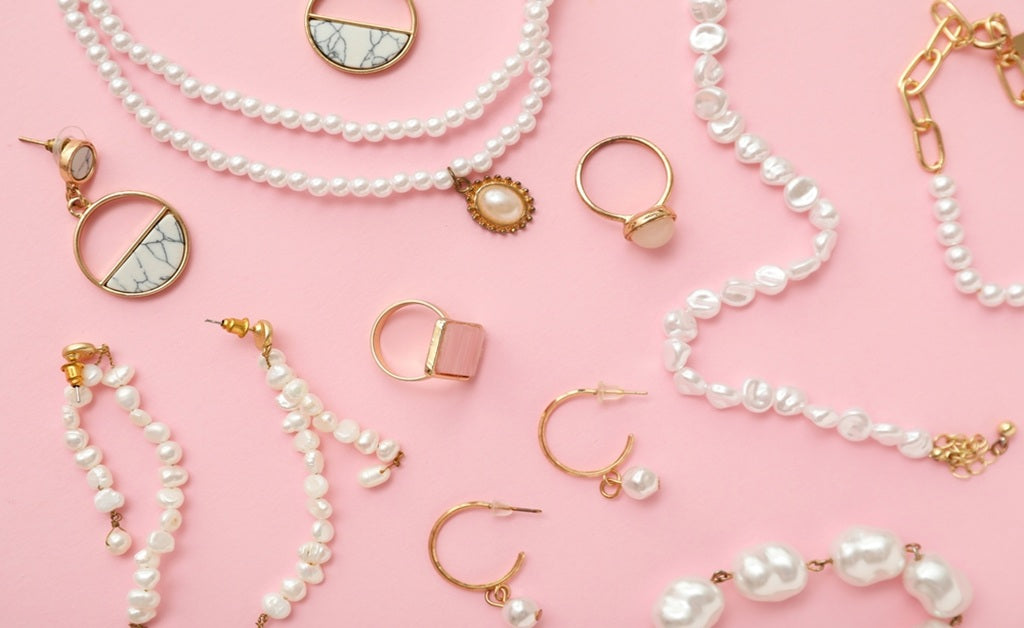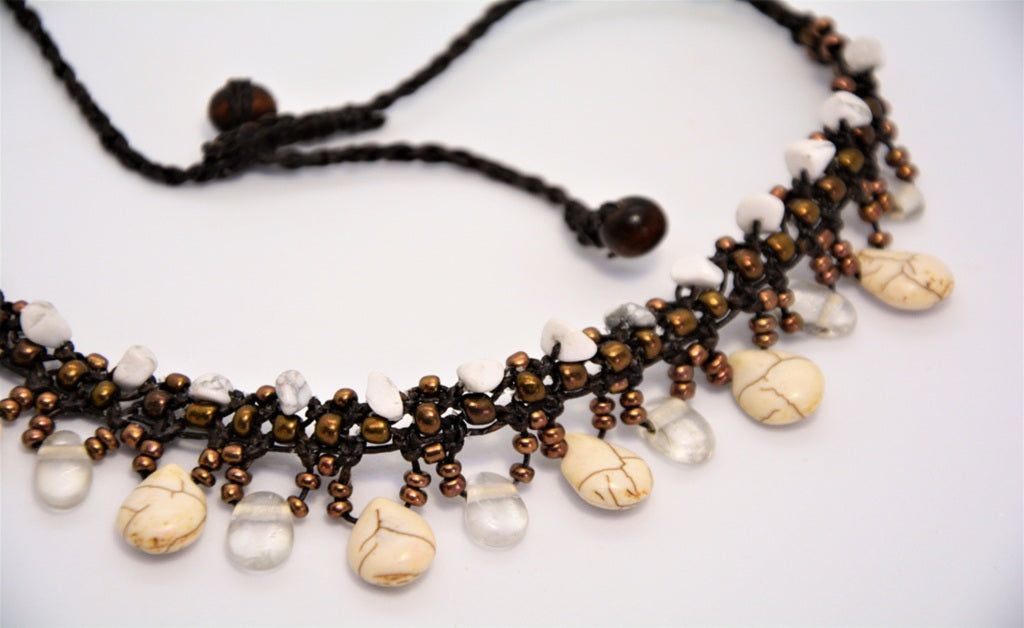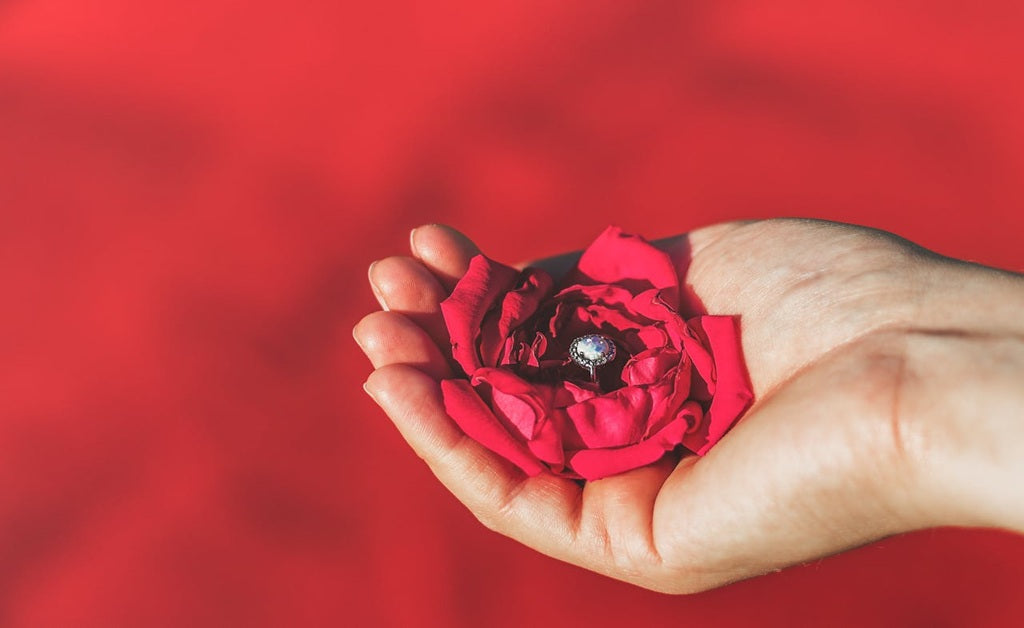
Our Commitment to the Planet: How Jewelry Companies Stay Carbon Neutral
For centuries, the jewelry industry has been associated with extravagance and celebration; but its dazzling façade has traditionally hidden the environmental cost of traditional mining and production methods. With eco-consciousness gaining momentum, more and more consumers are now considering the sustainability of their buy—even when it is a luxury piece of jewelry.
One of the yardsticks in addressing these concerns is the shift of the industry towards carbon-neutral jewelry. But what is carbon neutrality for jewelers? How do companies become carbon-neutral? How are the firms moving toward a greener tomorrow? Allow us to explain some of our practices, and why they’re important for a brighter future for us all.
Defining Carbon Neutrality for Jewelry
Carbon neutrality is a position where a business offsets the carbon debt generated due to its activities by investing in activities that eradicate its carbon footprint. For jewelers, this entails consideration of emissions from mining, production, transport, and even packaging. Apart from compensation for emissions, most brands opt to adopt affirmative measures to cut down their aggregate carbon footprint. This affords an even greater assurance of commitment to sustainability than compensation.
Strategies for Reduced Carbon Footprint
Carbon-Neutral Lab-Created Diamonds
The most exciting news in green jewelry is the introduction of lab-grown diamonds. Lab-grown diamonds consume much less energy than mined diamonds and have no damaging processes such as deforestation and soil erosion. With an efficient process and a carbon-neutral product, consumers can make better decisions for the planet without sacrificing the quality of their jewelry collection.
Conservation of Ecosystems
Green practices in jewelry go beyond greenhouse gas emissions and instead seek to preserve natural systems. For example, gemstone and precious metal suppliers now promote practices that never result in deforestation or degradation of water supplies. Some jewelers partner with conservation groups to underwrite reforestation and habitat restoration of land that was previously ravaged by mining.
Most innovative of all, perhaps, is embracing techniques that do not use traditional mining techniques at all. Used metal is being recycled these days to make stunning, high-quality engagement rings, necklaces, and bracelets. It requires no new material coming in from the ground, and already produced materials get their second chance.
By banking on circularity and lab-grown gems, jewelers can actually keep their carbon footprint in check without sacrificing on making beautiful pieces. This approach is a fantastic example of how to become carbon-neutral while maintaining the quality of fine jewelry. We pride ourselves on these values at Lolovivi, and you can learn more across the website.
How Consumers Can Make a Difference
Though jewelry businesses are crucial to sustainability, green consumers also play a role in sparking the change. When buying jewelry, support the businesses that are committed to carbon neutrality and openness. Carbon-neutral fine jewelry or fair sourcing certifications are excellent badges to look out for. Buying from businesses that take sustainable steps sends the message directly to the industry to continue making greener steps.
The Future of Carbon Neutral Jewelry
The shift to carbon-free jewelry isn't a passing trend but an irreversible paradigm shift in the line of business. Customers, by patronizing companies like Lolovivi that go green, redefine the value of jewelry—not the price of jewelry but the value of being able to keep our planet alive. Jewelry creators and consumers can make the luxury glint of fine jewelry not cost us.


